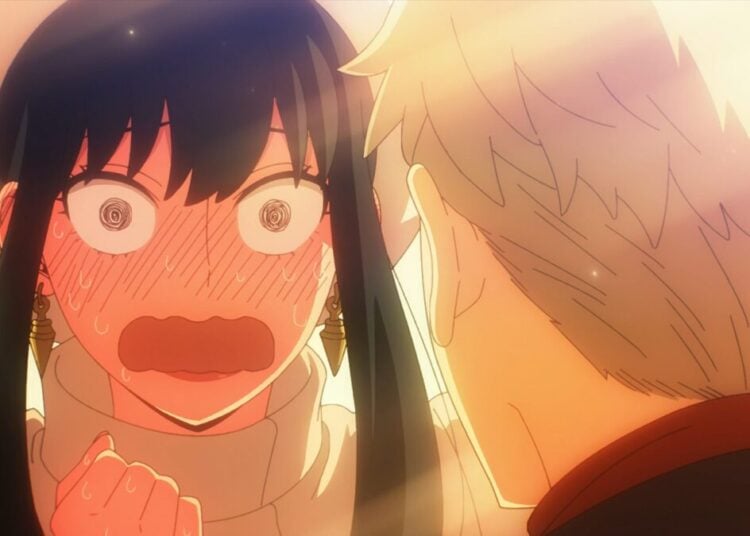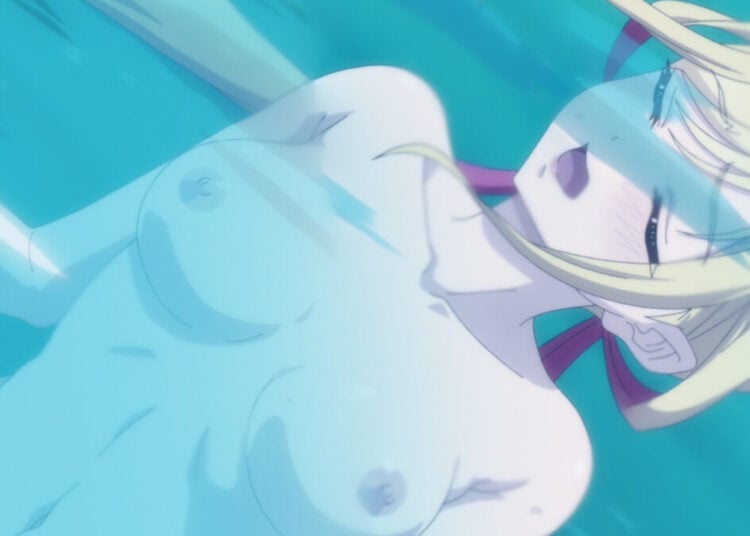It’s amazing how far the Marvel Comics franchise has come. Yet while much is known about the popular ‘90s X-Men: The Animated Series (1992-97), what if you were told that this wasn’t the first adaptation of its kind? Prior to that nostalgic cartoon, there was Pryde of the X-Men (1989): a fascinating glimpse into the Marvel anime that could have been. No, you didn’t misread that.
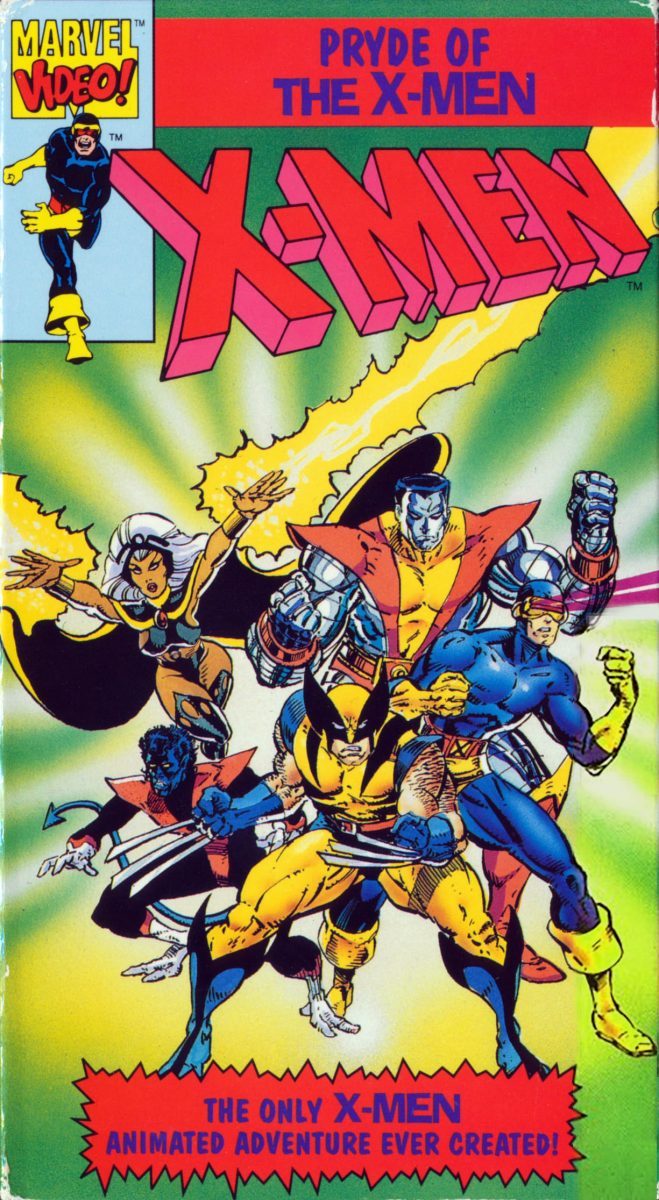
The circumstances behind the creation of this 22 minute-long pilot episode are as peculiar as they are indicative of the time. Although comic book adaptations on the small screen were either perceived as schlock or looked down upon by the rest of the entertainment industry, things started changing after Margaret Loesch became president and CEO of Marvel Productions in 1984. She sought to launch shows that truly brought the comic pages to life, the X-Men seen as the best candidates for that bold launch.
So much so that the company diverted funding from the planned final episode of the Robocop (1988) cartoon for creating this one-shot production. While Ray Lee served as director, the actual animation work was done by Toei Animation. You wouldn’t know at first glance as the Japanese staff were left uncredited, however, which was sadly typical of the era. Moreover, in spite of the effort put into it, the would-be series was never taken up by American networks.
Pryde of the X-Men’s opening is as laughable as it is corny. Yet such flaws are also some of its best parts. (Source: YouTube)
Though this didn’t mark the end of Marvel’s attempts to bring the mutant superheroes to TV screens, nowadays it tends to be remembered as more of a weird bit of trivia than anything else. This is a shame, as there’s much more going for it than its faults made it seem.
Mutant Weirdness
Loosely based on issues #129–139 of Uncanny X-Men, the pilot followed the titular Katherine “Kitty” Pryde (Kath Souche), a young teenager with phasing powers who’s invited into Xavier’s School for Gifted Youngsters. There, she not only learns she’s a “mutant” but also comes to meet Professor X himself and the heroic X-Men, who use their special abilities for good. Meanwhile, Emma Frost/White Queen (Susan Silo) and the “Brotherhood of Mutant Terrorists” succeed in rescuing Magneto (Earl Boen) from a military convoy. They then proceed to attack the mansion. What follows is a race to Asteroid M as the protagonists try to foil the Master of Magnetism before he uses a comet to destroy all mankind.
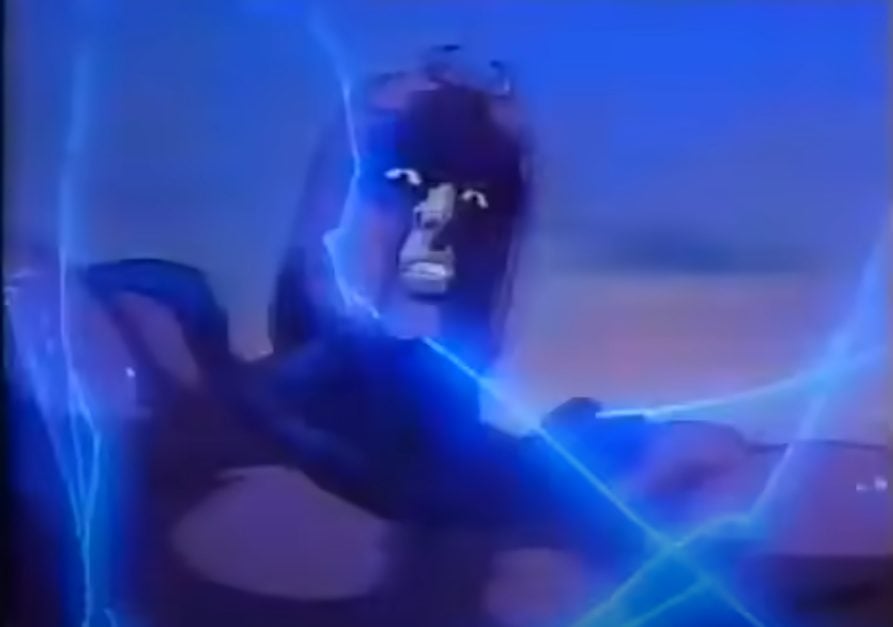
It’s here that one of the main issues with Pryde of the X-Men rears its ugly head. The plot, compared to the source material, is very lacking. Even putting aside Brotherhood mutants outright calling themselves terrorists, the very premise comes across as a very condensed, and simplified, version of the source material, but without much in the way of depth. The characters at large similarly wind up as one-track notes, as seen with Colossus (Dan Gilvezan) being a quirky Russian and little else. While this could be handwaved as being just “proof of concept” fodder, you don’t need to be a fan to know it could have been done better.
Despite Marvel’s intentions of an accurate representation of the comics, and Stan Lee’s own involvement, some of the creative decisions made are just baffling. In addition to the White Queen not even being part of the Brotherhood, Kitty herself is made out to be too whiny and ineffectual, in contrast to her familiar characterization as a confident young woman. If anything, the choice in which figures to feature – whether it be the inclusion of a very ‘80s rendition of Dazzler (Alexandra Stoddart), or the inexplicable absence of long-time X-Man Hank McCoy/Beast – seems more designed for merchandise considerations than brand recognition. In the case of Magneto, meanwhile, the long-time antagonist is made out to be much more sociopathic than in the comics; while he’s a mutant supremacist, he wouldn’t go so far as to wipe out a planet or be needlessly cruel.
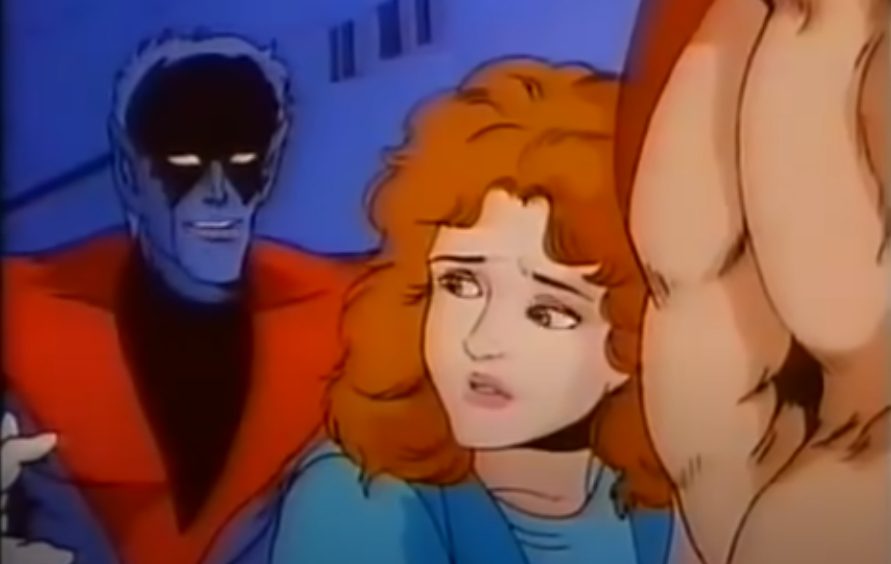
The result is something that, even by the standards of the average Saturday Morning Cartoon, seemingly had the makings of a blunder. Yet in spite of those flaws, the pilot would be known for more than these faults.
Unfulfilled Potential
It soon becomes clear upon viewing Pryde of the X-Men that the choice of hiring Toei Animation proved wise. With its crisp detail and grandiosity, the style is at once recognizably anime-inspired and faithful to the source material, the latter thanks to the late Russ Heath’s comic-based designs. In motion, that art also comes off as very kinetic and filled with effects, without being too overbearing. While this might seem vaguely familiar if you’ve seen the animators’ contribution to G.I. Joe: A Real American Hero (1983-86), it nonetheless speaks volumes about how well that imagery still holds up to this day.
https://www.youtube.com/watch?v=M1yHhLDOdbs&ab_channel=EricLeValley
Even with the laughably off-putting Australian accent for Wolverine, the animation and execution more than make up for it. (Source: YouTube)
While the audio doesn’t exactly match the visuals in quality, they have a peculiar charm that grows on you the more one watches it. However easy it might be to laugh at the corny theme song, or the schlocky acting, neither come off as distracting. If anything, the over-the-top background tracks do a good job of accentuating the hammy performances. Done by some of the more recognizable voice-actors in ‘80s America – with Stan Lee himself enthusiastically doing the narration – the execution manages to make an otherwise mediocre script much more tolerable. It also more than makes up for Canadian-born Wolverine (Patrick Pinney) having an inexplicable Australian accent, due to the popularity of Mad Max films at the time.
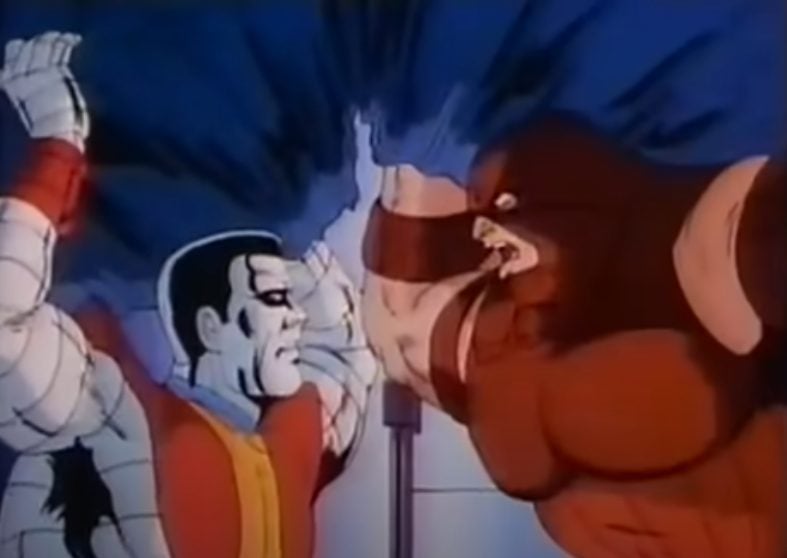
Although the pilot episode was aired on the “Marvel Action Universe” timeslot and saw a promotional VHS release, that’s about as far as it went. Whether it’s due to the financial troubles Marvel was caught in during that period, mixed fan reception over the campiness, or a general lack of interest among networks, it never really got its chance to shine.
In spite of its brief existence, however, it left a lasting impact. The work came to be the basis for Konami’s classic X-Men arcade game in 1992. Margaret Loesch also tried once more to bring the mutants back to TV screens, with the planned material being retooled into the ‘90s show as you know it. Even Aussie Wolverine, in its all his cheesiness, foreshadowed Hugh Jackman’s later fame in playing the Canadian superhero.
Coincidentally, the Konami arcade game was the source of the infamous “Welcome to Die!” quote, along with a few other X-Men memes. (Source: YouTube)
Though it would be over a decade before Kitty Pride would resurface in X-Men Evolution (2000-03) and Toei would never again have any involvement in the franchise, there’s something to be said about how this failed pilot has gained renewed popularity and interest over the years. As a glimpse into the Marvel anime that could have been, and with copies of Pryde of the X-Men readily available online, you can’t go wrong with this.


